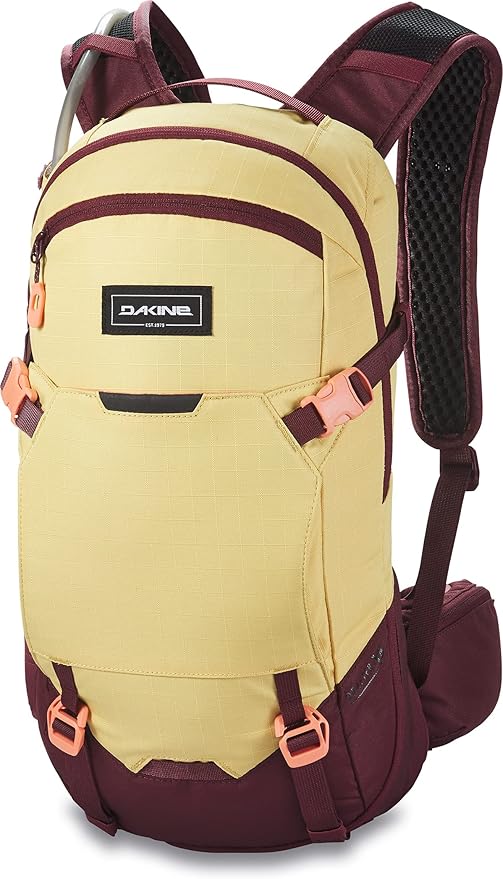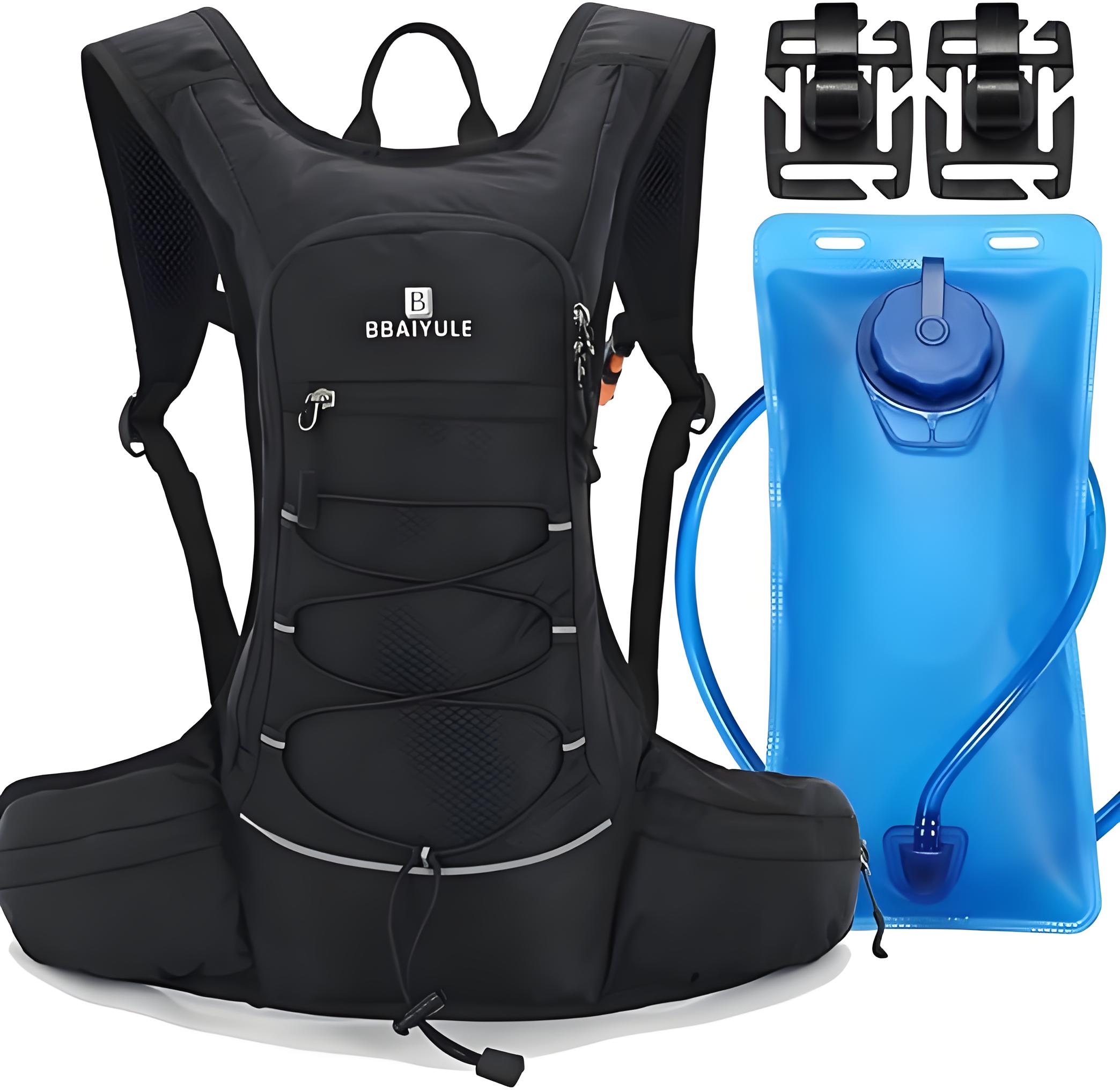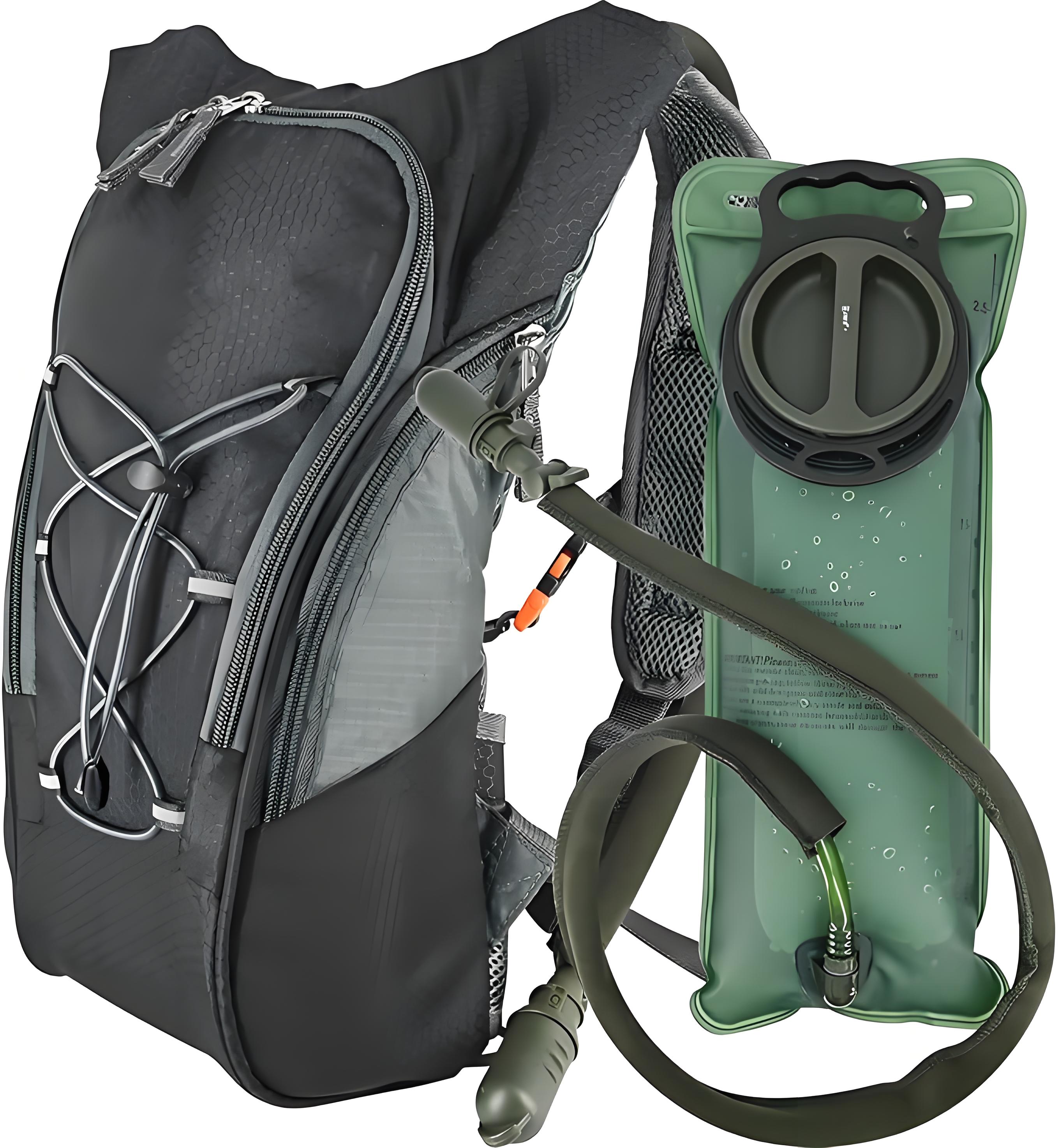Do Professional Outdoor Hiking Hydration Backpacks Leak?
As someone who’s spent years exploring rugged trails and scaling mountains, I’ve come to rely on my hydration backpack like a trusted companion. It’s my go-to for staying hydrated during long hikes without the hassle of stopping to dig out a water bottle. But a question I often hear from fellow hikers is: Do professional outdoor hiking hydration backpacks leak? It’s a valid concern—nobody wants a soggy pack or, worse, to lose precious water mid-trail. In this article, I’ll share my experiences, break down why leaks happen (or don’t), and offer practical tips to ensure your hydration system stays watertight, drawing from both science and real-world adventures.

1. The Role of Hydration Backpacks in Hiking
Hydration backpacks are a game-changer for outdoor enthusiasts. They allow hands-free hydration through a drinking tube, letting you sip water while navigating steep inclines or rocky paths. A reliable hydration system can make or break a long hike, especially in remote areas where water sources are scarce. But when hikers ask about leaks, they’re often worried about water seeping into their gear, ruining electronics, or simply running out due to a faulty bladder.
My first hydration backpack was a revelation during a 25-kilometer hike through a desert canyon. The convenience of sipping water without breaking stride was unmatched, but I also learned the hard way that not all systems are created equal. A small leak in the tube left my back damp and my water supply dwindling. That experience sparked my curiosity about what makes a professional-grade hydration backpack leak-proof—or not.
2. Do Professional Hydration Backpacks Leak?
The short answer is: High-quality, professional hydration backpacks are designed to be leak-proof, but no system is 100% immune to issues. Manufacturers of professional-grade gear prioritize durability and sealing technology, but leaks can still occur due to user error, wear and tear, or manufacturing defects. Let’s break down the factors that influence whether a hydration backpack leaks.
2.1 Design and Materials of Professional Bladders
Professional hydration backpacks use high-grade materials like polyurethane or TPU (thermoplastic polyurethane), which are flexible, durable, and resistant to punctures. The bladder’s seams are typically welded using advanced techniques like radio-frequency welding, creating a near-impenetrable seal. The drinking tube and bite valve are also engineered with precision, often featuring quick-disconnect fittings or shut-off valves to prevent leaks when disconnected.
In my experience, a well-made bladder from a reputable design rarely leaks out of the box. I’ve used several professional models on multi-day treks, and the bladders held up under pressure—literally. However, quality varies, and cheaper or poorly designed systems may have weaker seals or flimsier materials.

2.2 Common Causes of Leaks
Even with top-tier gear, leaks can happen. Here are the most common culprits I’ve encountered:
Improper Closure: Failing to securely close the bladder’s cap or seal (e.g., screw-on or slide-lock designs) is the number one cause of leaks. I once rushed to fill my bladder before a hike and didn’t tighten the cap properly—half my water was gone within an hour.
Damaged Components: Over time, tubes or bite valves can crack, especially if exposed to extreme temperatures or rough handling.
Overfilling: Filling a bladder beyond its capacity can stress the seams, leading to leaks. I learned this when I tried to cram an extra half-liter into a 2-liter bladder, only to find water seeping out mid-hike.
Punctures or Tears: Though rare in professional gear, sharp objects in your pack (like a multitool) can pierce the bladder.
Manufacturing Defects: Even the best brands can occasionally produce a faulty unit, though this is less common in professional-grade gear.
3. How Manufacturers Minimize Leaks
Professional hydration backpacks are built with leak prevention in mind. Here are some features I’ve noticed in high-end models:
Reinforced Seams: Welded or double-sealed seams reduce the risk of water escaping.
Leak-Proof Valves: Bite valves with auto-shutoff mechanisms prevent drips when not in use.
Durable Materials: High-quality TPU or polyethylene resists punctures and wear.
Quick-Disconnect Systems: These allow you to detach the tube without water spilling, handy for refilling.
Pressure-Resistant Designs: Bladders are tested to withstand the weight of a full pack pressing against them.
I once dropped my fully loaded backpack during a rocky scramble, and the 2-liter bladder inside took the impact without a single drop escaping. That’s the kind of reliability you get with professional gear.

4. Comparing Leak Risks Across Hydration Systems
To give you a clearer picture, here’s a table comparing the leak risks of different hydration systems, based on my observations:
| System Type | Leak Risk Level | Common Issues | Best Use Case |
|---|---|---|---|
| Professional Bladder | Low | Improper closure, rare manufacturing defects | Long hikes, trail running |
| Budget Bladder | Moderate to High | Weak seams, low-quality valves | Short hikes, casual use |
| Hydration Bottle | Very Low | Cap not tightened, rare seal failure | Day hikes, minimal gear needs |
| Collapsible Bottle | Moderate | Wear on folds, cap leaks if overfilled | Ultralight hiking, short trips |
5. How to Prevent Leaks in Your Hydration Backpack
After years of trial and error, I’ve honed a few strategies to keep my hydration backpack leak-free:
Check the Seal Before Every Hike: Always double-check that the bladder’s cap or closure is secure. For screw-on caps, tighten firmly but don’t overtighten, as this can damage threads.
Inspect for Damage: Before filling, examine the bladder, tube, and bite valve for cracks, tears, or wear. I once found a tiny split in my tube after a winter hike—catching it early saved me from a mess.
Don’t Overfill: Stick to the bladder’s stated capacity (e.g., 2 liters). Overfilling stresses the material and increases leak risk.
Store Properly: Empty and dry the bladder after each use, and store it flat or slightly inflated to prevent creases that could weaken the material. I use a paper towel roll inside mine to keep its shape.
Clean Regularly: Residue from sugary drinks or improper cleaning can degrade seals. I clean my bladder with warm water and a mild dish soap after every hike, using a dedicated brush for the tube.
Pack Smart: Keep sharp objects (like knives or carabiners) away from the bladder. I always place my bladder in its designated compartment, separate from other gear.
Test Before Long Trips: Fill the bladder and turn it upside down at home to check for leaks. This simple test has saved me from surprises on the trail.

6. What to Do If a Leak Happens on the Trail
Despite your best efforts, leaks can still occur. Here’s how I handle them in the field:
Locate the Leak: Check the bladder, tube, and valve. If it’s a small puncture, you can sometimes patch it temporarily with duct tape (I carry a small roll for emergencies).
Minimize Damage: If the bladder is leaking into your pack, remove wet items and store them in a waterproof bag. I once had a minor leak and saved my phone by quickly isolating it in a ziplock.
Conserve Water: If you’re losing water, ration what’s left and prioritize reaching a water source or aid station.
Carry a Backup: For long hikes, I bring a collapsible bottle as a failsafe. It’s lightweight and can hold extra water if the bladder fails.
7. Choosing a Leak-Resistant Hydration Backpack
Not all hydration backpacks are created equal. Here’s what I look for to ensure leak-proof performance:
Material Quality: Opt for TPU or similar high-grade materials over cheap plastics.
Closure Type: Screw-on caps are more secure than slide-lock designs, though both can be reliable if well-made.
Tube and Valve Design: Look for shut-off valves or quick-disconnect systems to prevent drips.
Brand Reputation: While I won’t name specific brands, check user reviews and focus on companies known for rigorous testing.
Fit and Comfort: A backpack that fits snugly reduces bladder movement, which can stress seams.
I once upgraded to a professional-grade backpack with a quick-disconnect tube, and it made refilling so much easier—no leaks, no fuss. Investing in quality pays off on long treks.
8. The Future of Hydration Backpacks
The outdoor gear industry is always innovating. Some newer hydration backpacks now feature self-sealing valves that close automatically when not in use, and others use advanced materials that are even more puncture-resistant. I’ve seen prototypes with integrated sensors that alert you to low water levels, which could be a game-changer for ultra-long hikes.
These advancements excite me as a hiker—they mean fewer worries about leaks and more focus on the trail. Technology is making hydration systems tougher and smarter.

9. Wrapping Up
Professional hiking hydration backpacks are designed to be leak-proof, with robust materials and smart engineering minimizing the risk. But leaks can still happen, often due to user error or wear over time. By choosing a high-quality system, maintaining it properly, and following simple precautions, you can keep your gear watertight and your hikes worry-free.
From my desert treks to alpine ascents, a reliable hydration backpack has been my lifeline. I hope my tips help you choose and use yours with confidence, so you can focus on the adventure ahead—whether it’s a day hike or a multi-day epic. Stay hydrated, stay safe, and keep exploring!
Related Q&A
Q1: How can I tell if a hydration backpack is truly leak-proof?
A: Check for high-grade materials (like TPU), welded seams, and secure closures (screw-on or quick-disconnect). Test it at home by filling and inverting it. User reviews can also reveal real-world performance.
Q2: What’s the most common cause of leaks in hydration backpacks?
A: Improperly closed caps or seals are the biggest culprit. Always double-check the closure and avoid overfilling. Regular inspection for wear also helps.
Q3: Can I fix a leaking bladder on the trail?
A: Small punctures can be temporarily patched with duct tape. For valve or tube leaks, try tightening connections. Carry a backup bottle for emergencies.
Q4: How often should I replace my hydration bladder?
A: With proper care, a professional bladder can last years. Replace it if you notice cracks, persistent leaks, or mold that won’t clean out. I swap mine every 2-3 years with heavy use.
Q5: Are there alternatives to bladders if I’m worried about leaks?
A: Yes, hard-sided bottles or collapsible bottles are less prone to leaks but less convenient for hands-free hydration. They’re great as backups or for shorter hikes.